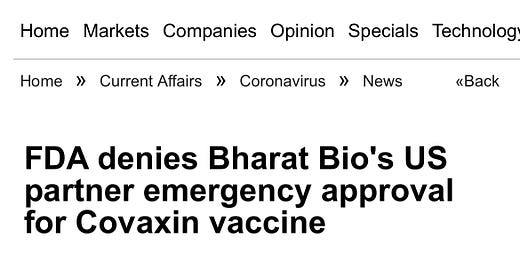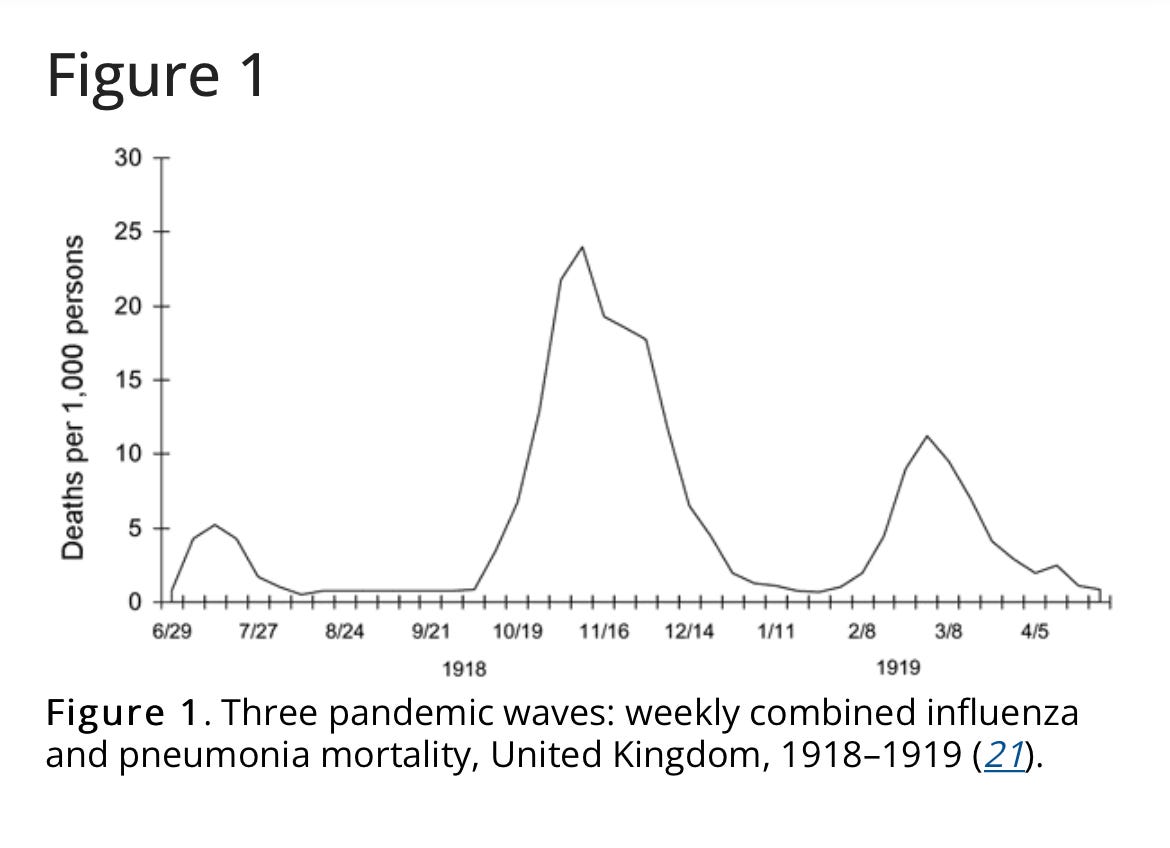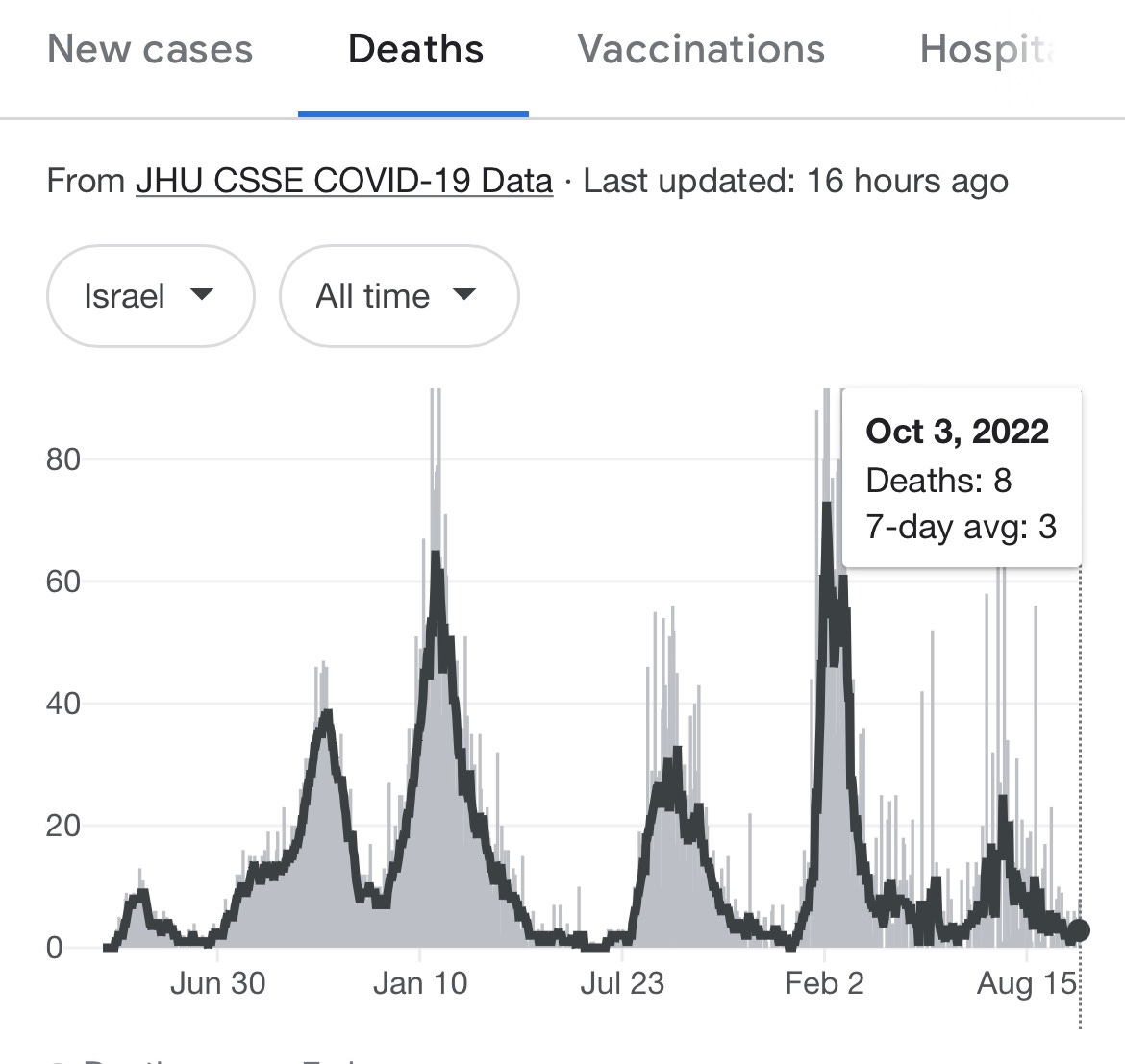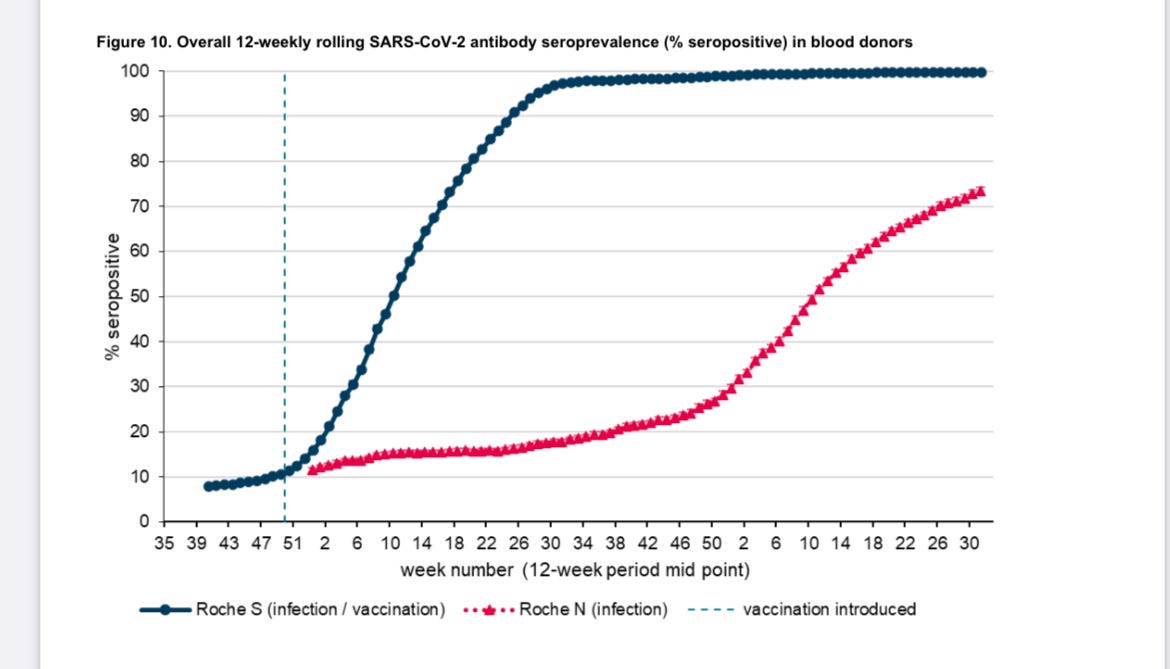Goodbye Covid (part 2)
The natural and unnatural history of epidemics; the rise of anti-nucleocapsid antibodies
SECOND OF TWO PARTS (the first discussed the increasingly solid evidence that Covid is behind us).
—
For the last two years, the world has run a natural experiment on how well different types of Covid vaccines work.
The United States and other wealthy countries relied almost exclusively on mRNA jabs. Those shots were largely unavailable in 2021 to poor and middle-income countries. They represent only about one-quarter of the nearly 13 billion doses administered worldwide.
Instead, poorer nations relied mainly on Chinese and Indian vaccines that use older “inactivated virus” technology. Essentially, those shots work by exposing people to Sars-Cov-2 itself - though the virus particles or “virions” have been chemically damaged so they cannot replicate.
Throughout 2021, American public health officials insisted inactivated virus vaccines were far less effective than the Pfizer and Moderna shots.
This attitude extended to public policy. In June 2021, the Food and Drug Administration refused to allow use of an Indian vaccine in the United States. Americans facing vaccine mandates generally could not use Chinese or Indian vaccines to meet them.
—
Yet the countries that did not use the mRNA shots have suffered far less from Covid this year than those that did.
India provides a particularly stark example. Three major waves of Covid hit India.
The second, and largest, occurred in spring 2021, as India’s mass vaccination campaign was only beginning. The Indian government reported that hundreds of thousands of Indians died from Covid. But the true number was likely larger and will never be known for sure.
Infections and deaths then plunged until early 2022, when Omicron caused infections to soar nearly to their 2021 peak. But deaths in this brief third wave remained much lower, rarely topping 1,000 daily, compared to their May 2021 peak of 4,000.
(Covid in India, without the mRNAs)
Since that brief winter wave, Covid has essentially disappeared in India. Occasional brief bumps in infections this spring and summer have not lasted.
Of course, comparing Indian Covid statistics with those in the United States is probably a mistake. The United States offers financial incentives to overreport Covid hospitalizations and deaths, while India is too poor to waste money overtesting for a disease that poses little risk to the vast majority of its citizens.
But India can be compared to itself - and the trend in 2022 is obvious.
So is the overall shape of the epidemic in India. It has three easily definable waves with sharp peaks, ending with a rapid decline that marks a clear end to the epidemic as herd immunity is reached and the virus disappears, as least as a serious health risk.
—
(TAKE A BREAK! SUBSCRIBE NOW!)
—
Does that pattern sound vaguely familiar?
It should.
What's striking about the curves in countries that did NOT use the mRNAs is how much they look like earlier epidemics - a couple of big seasonal peaks and then a return to normality as the virus learns to live with us and vice-versa.
For example, here’s how influenza and pneumonia deaths in Britain rose and fell during the terrible 1918-1919 flu epidemic, which killed 50 million people worldwide:
(The Spanish flu, long before mRNAs were a gleam in Pfizer’s eye:)
You could be confused for thinking that British flu chart is just the Indian Covid chart again - that’s how similar the patterns are.
—
But the countries that used mRNA (and to a lesser extent the DNA/AAV) vaccines show a different pattern of illness. They had a very short period of few deaths and in infections in the months after most adults received their initial two-dose regimen, but the good news did not last.
From summer 2021 through spring 2022, the highly mRNA vaccinated countries suffered through repeated waves of infections and deaths that booster campaigns slowed but did not stop.
Most mRNA countries saw infections peak during the winter 2022 Omicron wave at levels far higher than what they’d seen previously. In some countries, like Israel, deaths peaked too.
(Israel. Six waves, not three. And can you figure out from this chart when Israel began to give almost all of its citizens with what was supposedly a 95-percent effective mRNA vaccine? Good luck!)
—
Even more stunning is the experience in Australia, which had little preexisting immunity to Covid before Omicron because of its extremely harsh lockdowns.
Despite near-complete adult vaccinations, Australia has gone through an unending wave of Covid deaths this year, after having almost none in 2020 and 2021.
Overall, though, Covid deaths have trended sharply down worldwide this year, led by countries that did not use the mRNA vaccines (see part 1 of this piece). Now, finally, coronavirus deaths in the mRNA countries are following.
Why?
We know what the answer isn’t. It isn’t booster mRNA shots. People have rejected those, not just in the United States, but all over the world.
And it isn’t a new, less dangerous variant. Omicron subvariants have dominated all year, and so far they have all followed the same pattern. They are significantly less dangerous but more contagious than Delta or earlier variants.
But national antibody surveys from Canada, Britain, and other countries offer an intriguing if not definite answer. They show that the majority of people have now have developed anti-nucleocapsid antibodies to the coronavirus.
The nucleocapsid is the protein shell around the coronavirus’s RNA, its core genetic material. Because it is inside the virus, it is not initially exposed to our immune systems, and vaccine designers typically do not target it. mRNA jabs cause people only to make anti-spike antibodies, not anti-nucleocapsid antibodies.
Yet anti-nucleocapsid antibodies are a crucial part of the cycle of natural infection and recovery from the coronavirus. And the nucleocapsid is more stable and less likely to mutate than the virus’s spike protein, meaning that it may be a good long-term target for our B- and T-cells.
Last year, strangely, many vaccinated people who were infected with the Delta variant did NOT develop anti-nucleocapsid antibodies. The British government commented on the phenomenon in its vaccine surveillance reports:
“N antibody levels are lower in individuals who acquire infection following 2 doses of vaccination.”
In countries that didn’t use the mRNAs, N-antibodies rose much more quickly as Delta spread in 2021. An Indian survey found that almost 40 percent of people had detectable N-antibodies by mid-2021, almost three times as many as in Britain at the time.
But just as they do not stop Omicron, the mRNAs also do not stop most people from developing anti-N antibodies after Omicron. Surveillance data from the United Kingdom shows that after barely rising for much of 2021 despite repeated waves of coronavirus infection, levels of anti-N antibodies soared in 2022.
(The red line measures the percentage of British blood donors found to have anti-N antibodies, produced by infection. The dark blue line shows the percentage with anti-spike-protein antibodies, produced primarily by vaccination. The big jump in the red line occurred after week 50 of 2021, as Omicron became dominant.)
—
Further, a new paper in Science Translational Medicine suggests anti-N antibodies are important to defeating Sars-Cov-2 (at least in mice).
Researchers that mice which produced both anti-N and anti-S antibodies had “better viral control [than those that had anti-S antibodies alone], including against the Omicron variant.”
This finding raises at least two crucial questions.
First, how much of a role has the increase in anti-nucleocapsid antibodies played in reducing the threat of Covid? Second, why are vaccinated people more likely to produce those antibodies when they are infected with Omicron than with Delta? What changed?
Put another way, is it the failure of the mRNAs to stop Omicron that ultimately defanged the coronavirus this summer? Could people who received inactivated virus vaccines have developed anti-nucleocapsid antibodies more readily? Could the gap help explain why Covid disappeared so much more quickly in countries like India?
To be clear, these are questions. At this point, I don’t have the answers, and neither does anyone else.
We’d be well-advised to find them as we consider what vaccines to use in the future. Because the real-world evidence from the natural experiment we ran suggests that the mRNAs came in far short of expectations.
But here’s one bet you can make with certainty: the public health bureaucrats and politicians who have obsessively promoted the mRNA shots for two years will be in no hurry to figure out the truth.









I got the first two doses in January and February 2021 (I’m a nurse), but have refused any and all boosters. I had started to fear the narrative that vaccinated people were now somehow incapable of formulating true immunity to ‘Rona, but on that front I have been recently quite encouraged. I got symptomatically sick with omicron during the last week of July—no lingering effects, cleared it quickly. My home care client’s family has had it for the past two weeks, and despite all but bathing in the stuff (there are a total of 10 people in their family, ALL of whom have been coughing all over the place, and I do respiratory care for the youngest child as my job), I remain both asymptomatic and testing negative.
So just for myself, I’m happy to finally have anecdotal/personal evidence that I didn’t permanently screw my immune system against Covid by getting the first two shots; natural immunity still appears to be working just fine…I just had to actually GET a symptomatic omicron infection to get me there (ie I’m sure if I had gotten the “omicron booster,” instead of the actual illness, I’d have gotten sick right along with everyone else.)
Lesson learned: Covid “vaccines” (which they are not—once we passed three doses, we exited the established definitional paradigm of “vaccine” and entered instead into “therapeutic” territory) are absolute shit, and I will never get another one as long as I live. Natural immunity? Still works, even in the past-vaxxed. Thankfully.
"the public health bureaucrats and politicians who have obsessively promoted the mRNA shots for two years will be in no hurry to figure out the truth."
This. It brings to mind a certain Chinese idiom, qi hu nan xia, which means “once you’re riding a tiger, it’s hard to get off.” Moreover, these people excel at retrospective falsification; their moral certitude results in the unconscious distortion of past experiences to conform to the present. To admit they might have been wrong is out of the question. They'll figure out a way to reframe reality so that the narrative they've sold their souls to remains intact.